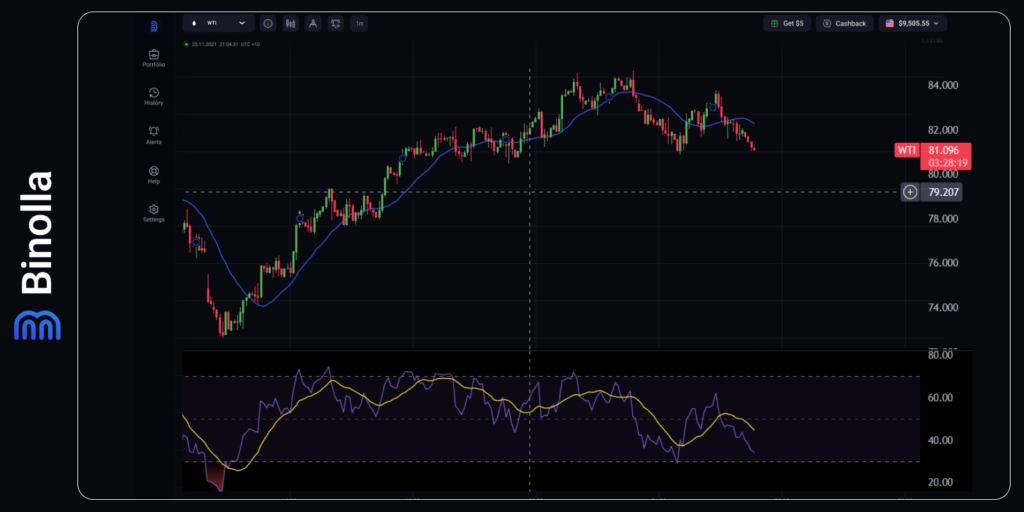EUR/USD in the Defensive Position Ahead of European and US Data

EUR/USD stays below 1.0890 on Tuesday ahead of European and US data. According to the latest comments from the Fed’s head Powell, the FOMC will not wait until inflation gets 2% to make a first rate cut. When it comes to the ECB meeting that will take place on Thursday, economists expect the European Central Bank to hold the rate unchanged.

EUR/USD stays around 1.0890 and close to 1.0900, which is a minor psychological resistance level. The currency pair fluctuates above the MA 20 aspiring for further growth. However, 1.0900 will still put pressure on the currency pair preventing bulls from getting higher until broken.
Traders will keep an eye on the US retail data, which is likely to add volatility to the financial markets. Additionally, the Fed’s voting member Adriana Kugler is going to share her view on Tuesday. The European Central Bank meeting, which is going to be held on Thursday will also be in traders’ focus.
According to the latest research, traders increased their bets on the Fed to cut rates in September. The FOMC chairman Jerome Powell said that the Federal Reserve Bank will not wait until inflation reaches to% before cutting the interest rates. On the ECB’s side, central bankers are unlikely to make any changes in the current monetary policy. However, economists expect the ECB to cut rates twice this year.
Contents
GBP/USD Remains Under the Pressure
The currency pair is trading right above 1.2950, which was the last defensive bastion for bears to prevent bulls from reaching 1.3000, a round psychological number. We expect the currency pair to stay in this 50-pip range above 1.2950 and 1.3000 for a while before the major price movement takes place.

While GBP/USD currently stays above the SMA 20, the RSI indicator just left 70, which means that a downside correction to the uptrend from the beginning of July will take place. The currency pair is currently under pressure due to the US dollar uptick. However, in the longer perspective, the US currency is likely to lose ground due to the upcoming Fed decision.
If the currency pair manages to get above 1.3000, the next closest short-term resistance will be at 1.3040, which, in turn, will also block the way to 1.3100, which is the next psychological level. By getting below 1.2950, GBP/USD is likely to move towards 1.2900 first.
According to the FedWatch Tool, the possibility of the Fed to leave the rates unchanged in September is 6% only. However, traders should evaluate the data from the United States, including inflation, GDP, business activity, and labor market as well as follow officials’ comments as they can also shed light on the situation.
Japanese Yen Plunges Ahead of the US Retail Sales Data
A correction of the Japanese Yen that began last week turned into a downtrend. The RSI indicator left the oversold area but the currency pair still stays below the SMA 20, which means that the downtrend is likely to continue.

The currency pair has tested 158.00 recently and moved upwards from there. A break below this level will allow USD/JPY to test the closest 157.70 support level, which, in turn, prevents it from getting even lower. On the upside, we have another round level at 159.00, which is the first resistance that protects 160.00.
According to the latest data, the Bank of Japan has spent up to 3.57 trillion yen to stem the currency depreciation. On the other hand, the US dollar has climbed higher as risk appetites are cancelled by the attempt of assassination of US candidate D. Trump. However, the USD upside is limited by the expectations of the cut rate that may take place in September this year.
WTI is Oppressed by the Concerns in Beijing
The WTI crude oil is traded in a relatively tight range between $84 and $80. The upside is limited by concerns about the demand in China. The Chinese economy is slowing down as GDP grew 4.7% recently against a 5.3% expansion in the first quarter.

WTI plunged below the SMA 20 line, but it is too early to say about the downtrend as the current price movement direction is sideways. Moreover, the RSI is between 70 and 30, which is another sign of sideways fluctuations. By breaking below 80, which is a round number, the WTI price is likely to 79,40 before testing another round level at 79. On the upside, 84 is a strong resistance preventing the price from moving higher. However, on the way to 84, there is another interim level at 83.70.
Another driver for WTI this week will be the US data. According to the latest Fed Head Powell commentaries, the FOMC will not wait for inflation to get to 2% before taking expansionary steps. However, it is recommended to watch various sets of US data in order to make sure that they go in confluence with market expectations. Any rise in inflation may prevent the Federal Reserve from changing the monetary policy.
Gold Targets $2,500 After Powell Comments
XAU/USD makes another attempt to reach $2.500 after the positive comments from Fed Chair Powell about the upcoming rate cuts. The asset managed to move higher by over three-quarters of a percent on Tuesday.

The all-time high at $2,451 is around the corner and the precious metal is likely to hit it in the near term. Moreover, the $2,500 level, which is a round number is an even more attractive target for mid-term. Gold managed to gain momentum, but it is still important to follow the US data. While this week lacks important macroeconomic releases, the rest of July will bring some key figures that may shed light on the future of the Fed’s monetary policy.
On the downside, XAU/USD is supported at $2,420, which is the closest level preventing the price from getting lower. If it is broken, bears will take more control and the next stop may be made at $2,400.







